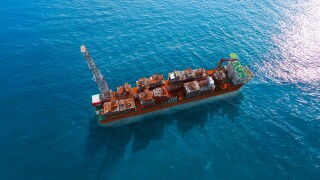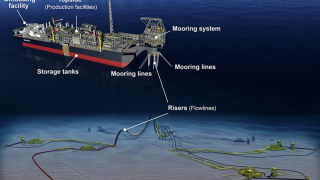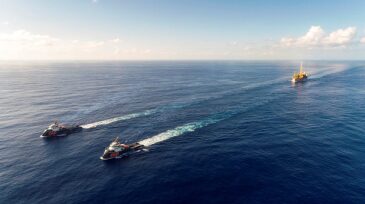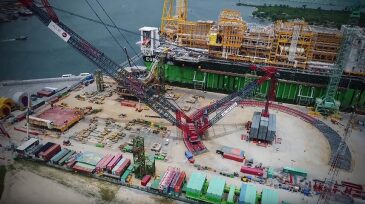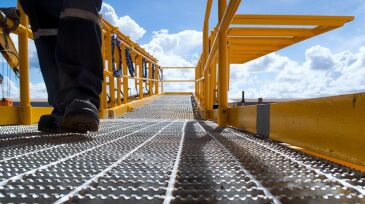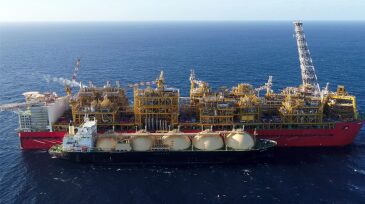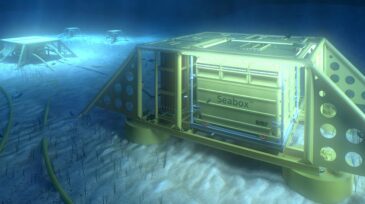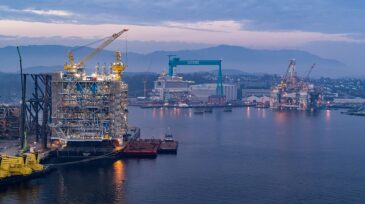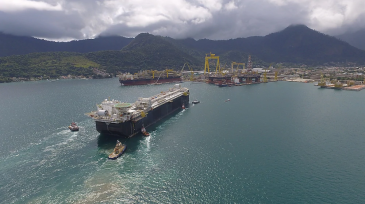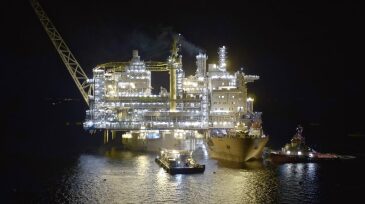Floating production systems
Production from the Búzios field now tops 1 million B/D with six floating production systems in operation and more on the way.
Mozambique is poised to become Africa’s third-largest exporter of liquefied natural gas when Coral Norte comes onstream in 2028.
MODEC will supply the FPSO that will host up to 18 wells in the initial phase of development.
-
One of the largest deepwater gas discoveries of the past decade moves closer to its expected startup at the end of the year, as 24,500 tonnes of topside units have been installed on the Leviathan platform offshore Israel. Operator Noble Energy expects to produce up to 1.2 Bcf/D from 4 subsea wells.
-
Following a 42-day journey from Singapore, the Liza Destiny has arrived at the Stabroek Block offshore Guyana, where it is expected to produce up to 120,000 gross boe/D from the ExxonMobil-operated deepwater project upon startup.
-
At nearly 3,000 tonnes, the company said its lift of an FPSO module was one of the heaviest land-based crane lifts ever performed. ALE was contracted to lift six modules for Total’s FPSO module integration project in Nigeria.
-
Anchored by the Khaleesi-Mormont and Samurai fields, the King’s Quay FPS will receive and process up to 80,000 B/D of crude oil.
-
Concern has been growing in the oil and gas industry about the high frequency of mooring line failures. While physical tension sensors can be difficult and costly to maintain, machine learning has shown to be a more-accurate and less-costly method for structural integrity assessment.
-
First cargo from the world’s largest floating LNG project comes in the midst of low LNG prices sparked by a global supply boost. Prelude is expected to produce 3.6 mtpa for Shell.
-
Operators are looking for ways to better handle water coming from subsea wells, which is typically treated at topside facilities. Subsea separation systems are not equipped to discharge water back into the reservoir, so how do companies close the gaps?
-
Phase 1 of the development today marked the sail-away from Kværner’s yard of the 560-bed living-quarters topside, the largest of its kind in Norway.
-
Petrobras and Shell have brought online the Lula field’s seventh FPSO as the firms continue to ramp up production from the pre-salt Santos Basin.
-
A project of “firsts,” Equinor’s Aasta Hansteen spar platform began producing gas on 16 December, opening a new region for gas export to Europe and the UK.


